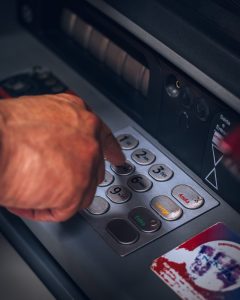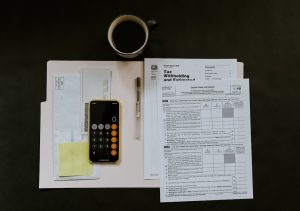Forex trading is a popular form of investment that involves the buying and selling of currencies. The forex market operates 24 hours a day, 5 days a week, and is the largest financial market in the world, with an average daily turnover of $5.3 trillion. One of the key features of forex trading is the rollover, which is a process that occurs when a trade is held open overnight. In this article, we will explain how rollover works in forex trading.
What is rollover?
Rollover, also known as swap, is the interest paid or earned for holding a position overnight. When a trader opens a position, they are essentially borrowing one currency to buy another. The interest rate differential between the two currencies is the basis for the rollover calculation. If the interest rate on the currency being bought is higher than the interest rate on the currency being sold, the trader will earn a positive rollover. If the interest rate on the currency being sold is higher than the interest rate on the currency being bought, the trader will pay a negative rollover.
Rollover is calculated at the end of each trading day, which is typically at 5 pm EST. Any trades that are still open at this time will be subject to the rollover. The rollover amount is credited or debited to the trader’s account, depending on whether they are earning or paying the interest.
How is rollover calculated?
The rollover calculation is based on the interest rate differential between the two currencies in the pair being traded. The interest rate differential is the difference between the interest rate of the currency being bought and the interest rate of the currency being sold. For example, if a trader is buying the EUR/USD pair, the interest rate differential would be the difference between the European Central Bank’s (ECB) interest rate and the Federal Reserve’s (Fed) interest rate.
The formula for calculating rollover is as follows:
Rollover = (Interest Rate Differential / 365) x Trade Size x Price
Interest Rate Differential: This is the difference between the two currencies’ interest rates.
365: This is the number of days in a year.
Trade Size: This is the size of the trade in lots.
Price: This is the current market price of the currency pair.
Let’s say that a trader is buying the EUR/USD pair, and the interest rate differential is 1%. The trade size is 1 lot, and the current market price is 1.1000. The rollover calculation would be as follows:
Rollover = (1% / 365) x 1 x 100,000 x 1.10
Rollover = $3.01
In this example, the trader would earn $3.01 in positive rollover for holding the position overnight.
Types of rollover
There are two types of rollover: swap points and tom-next. Swap points are the difference between the forward rate and the spot rate of a currency pair. Tom-next is the interest rate differential between the two currencies in the pair being traded, adjusted for the number of days between the trade date and the value date.
Swap points are commonly used in the forex market to calculate rollover. The swap points are added to or subtracted from the current market price to calculate the forward rate. The forward rate is the exchange rate at which a currency pair can be traded on a future date. The forward rate is used by traders to hedge against currency risk or to speculate on future exchange rate movements.
Tom-next is a more precise method of calculating rollover, as it takes into account the number of days between the trade date and the value date. The value date is the date on which the settlement of the trade takes place. Tom-next is commonly used by professional traders and financial institutions.
Conclusion
Rollover is an important aspect of forex trading, as it can have a significant impact on a trader’s profitability. Traders should be aware of the interest rate differentials between the currencies they are trading and how they will affect the rollover calculation. Rollover can be a positive or negative amount, depending on the interest rate differential and the size of the trade. Traders should also be aware of the different types of rollover and how they are calculated. By understanding how rollover works, traders can make informed decisions about their trades and manage their risk effectively.






